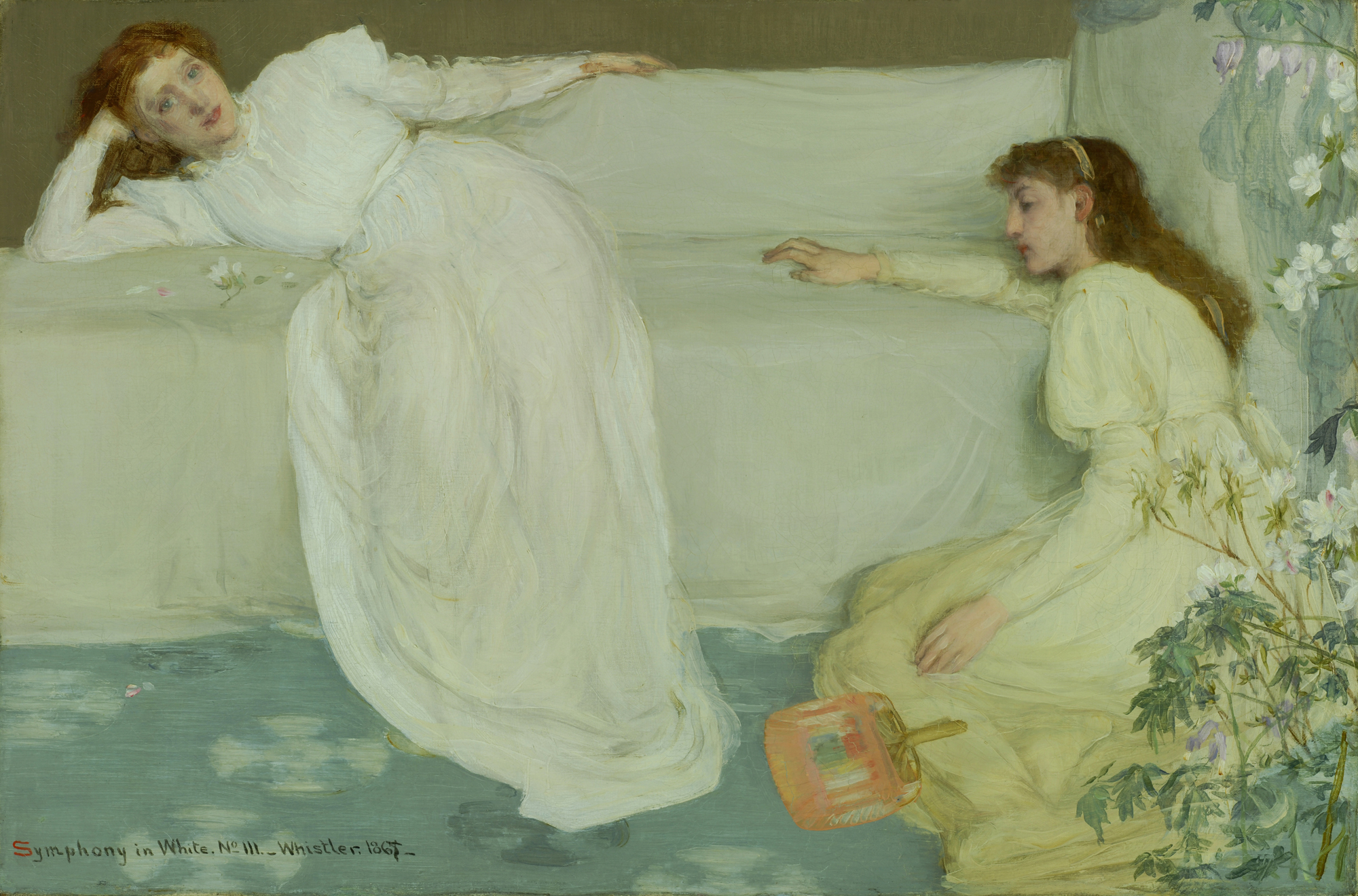Though his paintings may not look radical to us today, in his time, James McNeill Whistler (1834-1903) often faced incomprehension — both through interpretations of his art and his own uncompromising stance toward it. Museumgoers in Japan now have a rare opportunity to decide for themselves the merits of his work, as the "James McNeill Whistler Retrospective" at the Yokohama Museum of Art is the first of its kind to be held in 20 years.
The museum has brought together more than 120 items, including not only Whistler's works but also objects that he once owned or that had an influence on his art. The exhibition is arranged in three simple sections: portraits, landscapes and, in closing, a spotlight on the artist's influence on Japonisme, the late-19th-century boom in all things Japanese and Japan-inspired.
Whistler was born in Massachusetts and raised for a time in Russia and England. When he left for Europe at the age of 21 with the dream of becoming an artist, however, he was never to return to the United States. In Paris during the mid-1800s he was befriended by Gustave Courbet, and for a while came under the spell of his peer's realist paintings of peasants and agricultural workers. But Whistler's art was to take a different course.

















With your current subscription plan you can comment on stories. However, before writing your first comment, please create a display name in the Profile section of your subscriber account page.